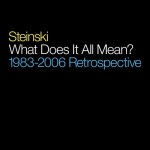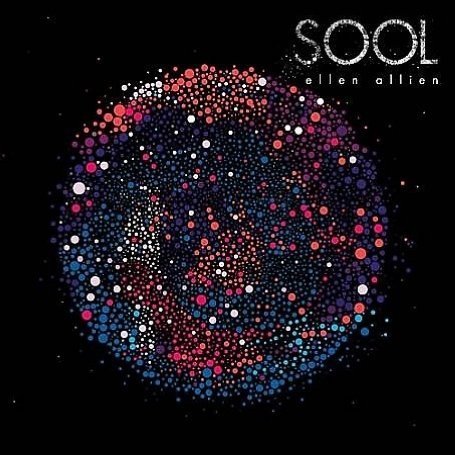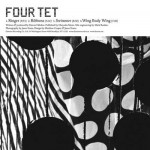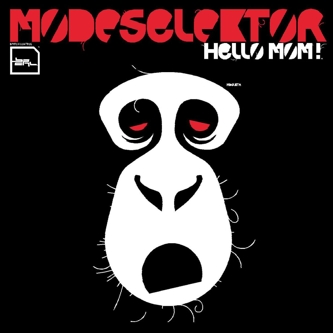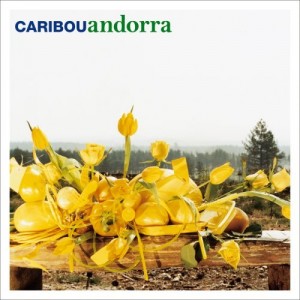Interview
Earplug
May 2008
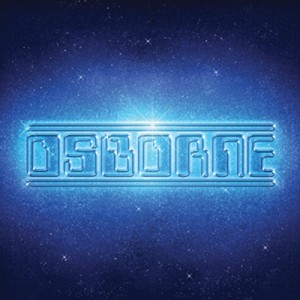
Ypsilanti, Michigan, resident Todd Osborn is often (semi-jokingly) compared to MacGuyver. Not only has the producer made scores of excellent house, techno, and drum ‘n bass records, but he also once designed weapons for the Air Force (“I truly cannot talk about details of that because of security clearances I’ve signed,” he says). What’s more, a list of his current projects includes voice work for a GPS system, remaking vintage Frank Lloyd Wright lamps, and “hopefully” learning falconry. This month, he’ll also find time to drop the rich-sounding, classically inspired house and techno trip Osborne, his full-length debut on Ghostly International’s Spectral Sound label. Earplug contributor Patrick Sisson interviewed Osborn via email, and was privy to the gear head’s take on vintage analog equipment, the blessing and curse of technology, and the awesome firepower of the Rephlex roster.
Earplug: We heard you’ve been working on a hovercraft for the last few years. Will it be done soon, and will it be able to beat up Aphex Twin’s tank?
Todd Osborne: No, it won’t be done for quite a while. It’s been very slow going. If I had a bunch of money, I’d have it done tomorrow, but that would take the fun out of building it and the creativeness of finding a cheap or free solution to a seemingly expensive problem. Richard and I won’t battle each other; we’ll combine forces for the Rephlex Disco Land/Air/Sea Assault battalion.
EP: With your mechanical and electronic background, how often do you alter your equipment? Do Detroit-area producers come knocking on your door looking for a repairman?
TO: I’ve built gear from scratch, but not my own ideas — just copying something that’s already made, but that’s hard to find or too expensive or not quite the sound I want. The last thing I built was a talk box like Roger from Zapp used to use. Besides those things, I mod[ify] gear sometimes. It’s always older analog gear, because it’s so easy to switch out resistors and potentiometers and get unique sounds. There are a lot of people, local and worldwide, I find and fix gear for, but I’m sure they wouldn’t want me to mention their names. I pretty much do it for fun, not money, and I get to play with and take apart — and once in a while get samples from — amazing gear I could never afford otherwise.
Read more…
